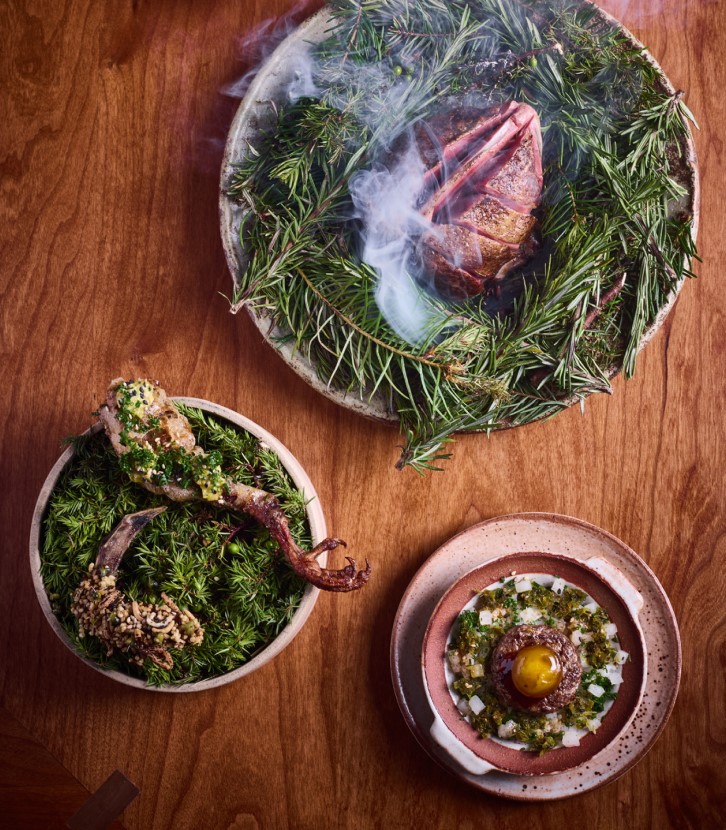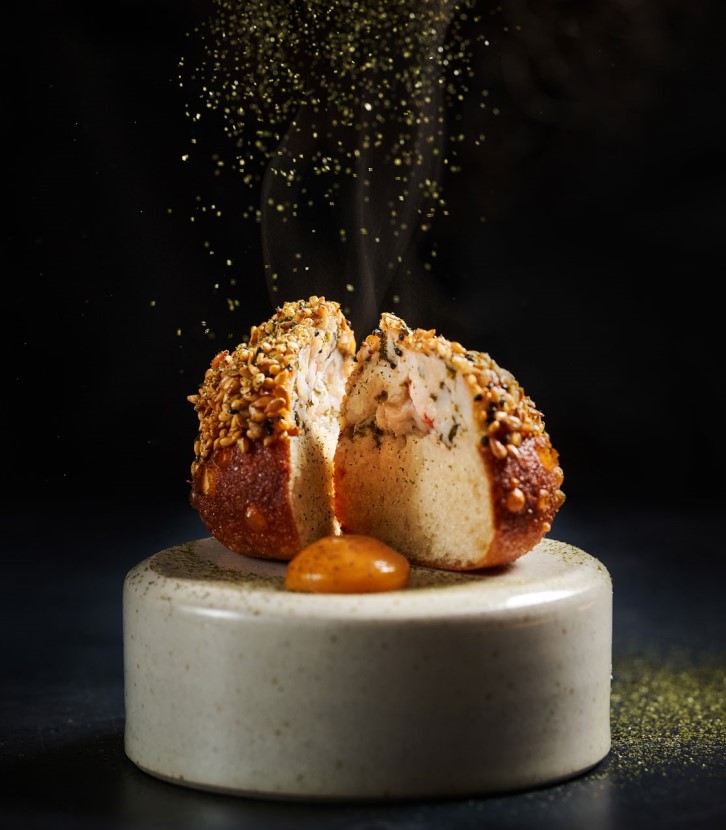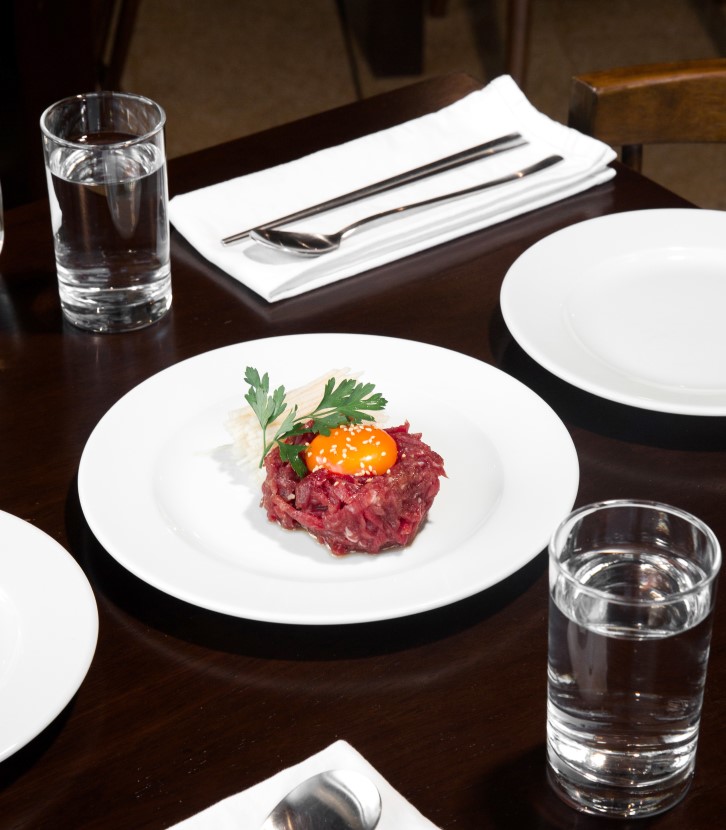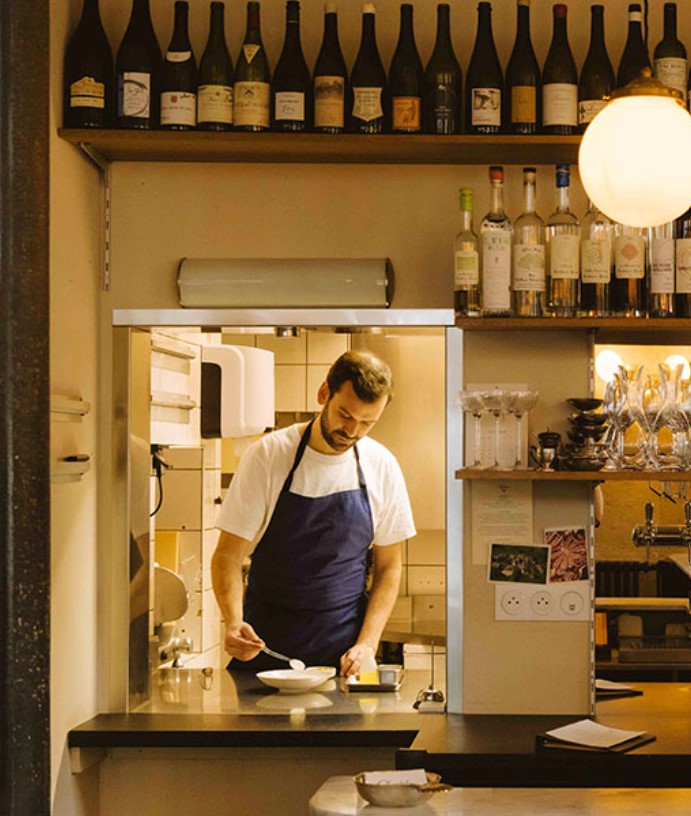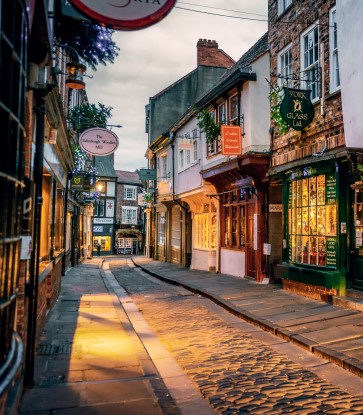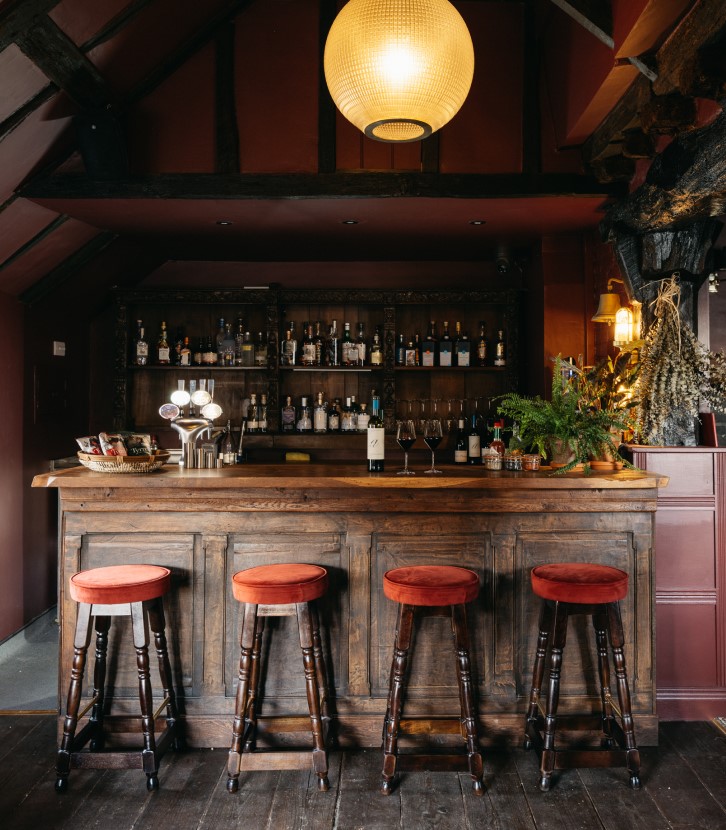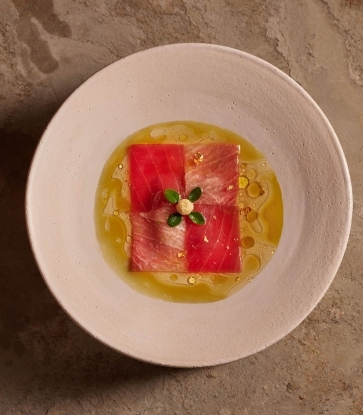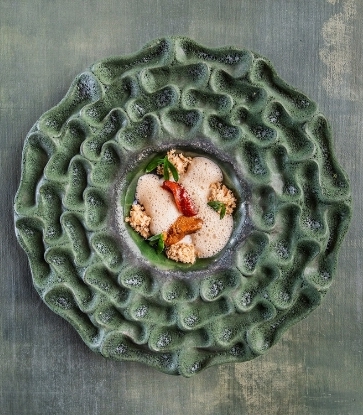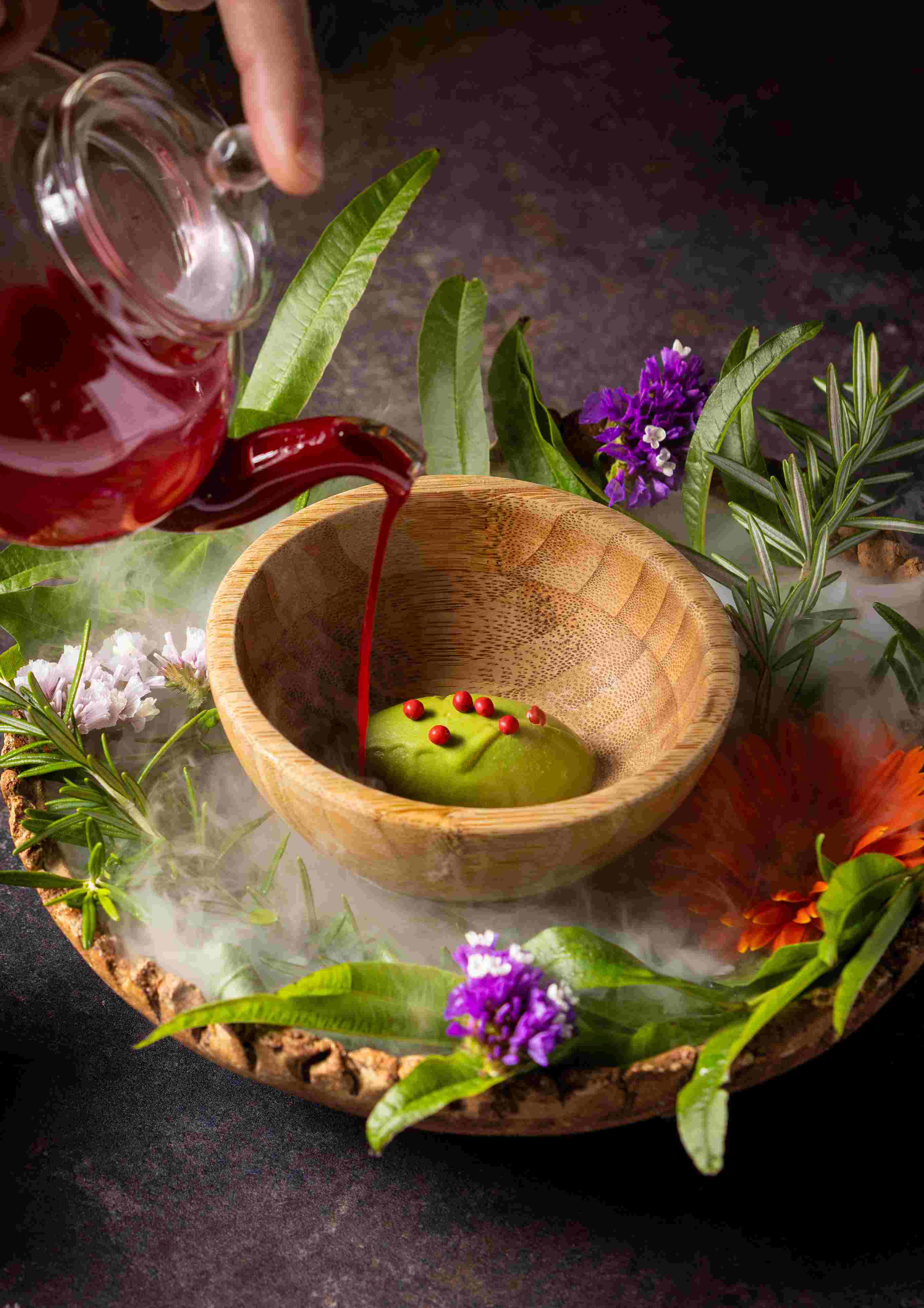If dining out is your profession, forecasting what’s next in the culinary world should come as easy as pie. For our Inspectors, who taste their way through the best restaurants and gastronomic destinations worldwide, it certainly does. We’ve tapped into their expertise to dish out what’s on the menu at MICHELIN Guide-approved establishments for food lovers in 2025.
Some of their predictions are based on ingredients that began to take center stage in 2024, while others are driven by rising concerns around health and sustainability. Then, there are those inspired by cuisines that are gaining popularity, be it because they’ve long been overshadowed or because they satisfy our craving for culinary wanderlust.
The verdict is in: this year, we'll be seeing more non-alcoholic beverage pairings, sustainably-sourced seafood, and a side of caviar, for good measure.
Plant-Based Perfection
There was a time when dining out mostly meant eating meat, with few options for vegan diets. But as more diners shift towards plant-based eating for both health and environmental reasons, restaurants are increasingly adapting to this trend. Where you were once left with just the sides, a new generation of creative chefs is continuing to elevate meat- and dairy-free dining, dreaming up menus where the season’s bounty steals the show. See for yourself at the all-vegan Plates in London and Ark in Copenhagen, as well as Alchémille in Alsace, France, which serves seasonally changing plant-based options.

Unusual Toppings and Ingredients
If 2024 – the year during which our MICHELIN Guide Inspectors for the Americas sampled everything from caviar-and-beet blinis at minibar in Washington DC, to charred chili-dusted tamales at San Antonio’s Mixtli – is any indication, 2025 will see caviar and ash continue to shine in unusual ways. Expect these two ingredients to star in dishes, desserts, and drinks in which you’ve never tasted them before, such as in Coqodaq’s caviar-topped chicken nuggets (New York City), Quince’s caviar-infused panna cotta (San Francisco), and Quintonil’s Paloma Negra cocktail made with activated charcoal (Mexico City). In France, some chefs are going for a less-is-more approach when it comes to sugar, frequently replacing this staple ingredient with much-overlooked alternatives such as fruit and birch sugar, like at Pavyllon in Paris.

Flame-Cooked Flavors
There is a revival of the good old days of open-fire cooking. “Diners prefer the traditional smoky flavors of charcoal grilling or stir-frying over an open flame to the effects of electric cooking methods,” says an Inspector on our Asia team, citing Bar Kar in Kuala Lumpur as a prime example of this comeback. Elsewhere in the world, England is seeing a strong trend with restaurants like Brat in London and Embers in Brighton, while Kyoto’s La Bûche is equally satisfying this growing appetite. Yet, no place brings the heat like the US state of Texas, home to 28 barbecue restaurants featured in the newly launched MICHELIN Guide last year.

A Fresh Take on Southeast Asian Tradition
Few cuisines are as diverse and deeply rooted in tradition as those of Southeast Asia. However, as chefs across the continent return to their home countries after stints abroad, many fine-dining establishments are reshaping the culinary landscape, marrying centuries-old recipes and local ingredients with innovative techniques and a global outlook. In 2025, more than ever, restaurants from Malaysia to Vietnam, and Singapore to Hong Kong, will embrace this blend of old and new, with standouts including the east-meets-west approach at Kuala Lumpur’s Dewakan and the Malaysian-inspired Seroja in Singapore.
China’s Culinary Renaissance
Some of China’s cities and provinces have been top destinations for us for several years but in 2025, the country is finally set to have its well-deserved moment on the global stage. “People will soon recognize China as a treasure trove of culinary delights,” says our Inspector. “Some restaurants in Beijing are recreating the royal cuisines once enjoyed by ancient emperors, preserving and sharing them with the public.” But the trend also takes a more modern direction: chefs – such as those at the Shanghai-based Hakkasan and Obscura – are pushing the boundaries with creations that weave Western elements into staples like Peking duck and Cantonese roast pork.

How Chefs Are Rethinking Their Impact
The Green Star, introduced in 2020, celebrates those redefining gastronomy by rethinking their restaurants' impact and implementing inspiring initiatives, from energy-efficient architecture to regenerative agriculture. In Eastern Europe, establishments such as Gdansk’s Eliksir and Hungary’s Natura Hill are pioneering the farm-to-table movement, while restaurants in the Americas are taking it a step further with zero-waste policies (Acre in San José del Cabo), fermentation (Brutø in Denver), and the use of reusable resources (The French Laundry in Napa Valley, for instance). Sustainable fishing is crucial at French establishments, from ikejime-slaughtered seafood at La Rochelle’s Christopher Coutanceau to sushi made from Breton fish at Brest’s Hinoki on France’s Northwest Coast.

Tacos, Thai Grill, and Other Global Treats
In 2025, travels will be led by our desire to experience the world through its food and restaurants. In London, The MICHELIN Guide is seeing a rise in restaurants serving wanderlust-inducing fare, such as West African (Akoko, Chishuru), Thai grill (Kiln), and Georgian (Kinkally), along with a Mexican eatery using only British ingredients, KOL. In France, it’s Franco-Tunisian at Paris’ Aldehyde, Korean at Paris’ Sétopa, and Middle Eastern at Bordeaux’s Kedem. Humble street food classics will also receive the accolades they merit; just one year after we launched our Mexico City Guide, more than 20 taquerias are already featured, including the One-MICHELIN-Starred El Califa de Léon.

Drinks Pairings Beyond Wine
Think wine is the go-to match for a tasting menu? Think again. In 2025, we’ll see inventive beverage pairings pick up momentum, from well-crafted cocktails to alcohol-free concoctions, adding a sense of artistry – and adventure – to fine-dining courses. It’s a trend we’ve particularly come across in Asia, where wine isn’t traditionally consumed, and other beverages harmonize just as perfectly with the continent’s multi-layered cuisines. Beijing’s Lu Shang Lu offers tea flights chosen by an in-house tea sommelier, while at Tokyo’s MAZ, the non-alcoholic “Experience and Senses” pairing features flavor-enhancing infusions, extracts and elixirs.
Related articles:
- Where to Go in 2025: 10 Exciting Foodie Destinations to Explore
- New York City by The Michelin Guide
- Tokyo by The Michelin Guide
- Paris by The Michelin Guide
Hero Image: Ⓒ Daniella K/Hexagon



